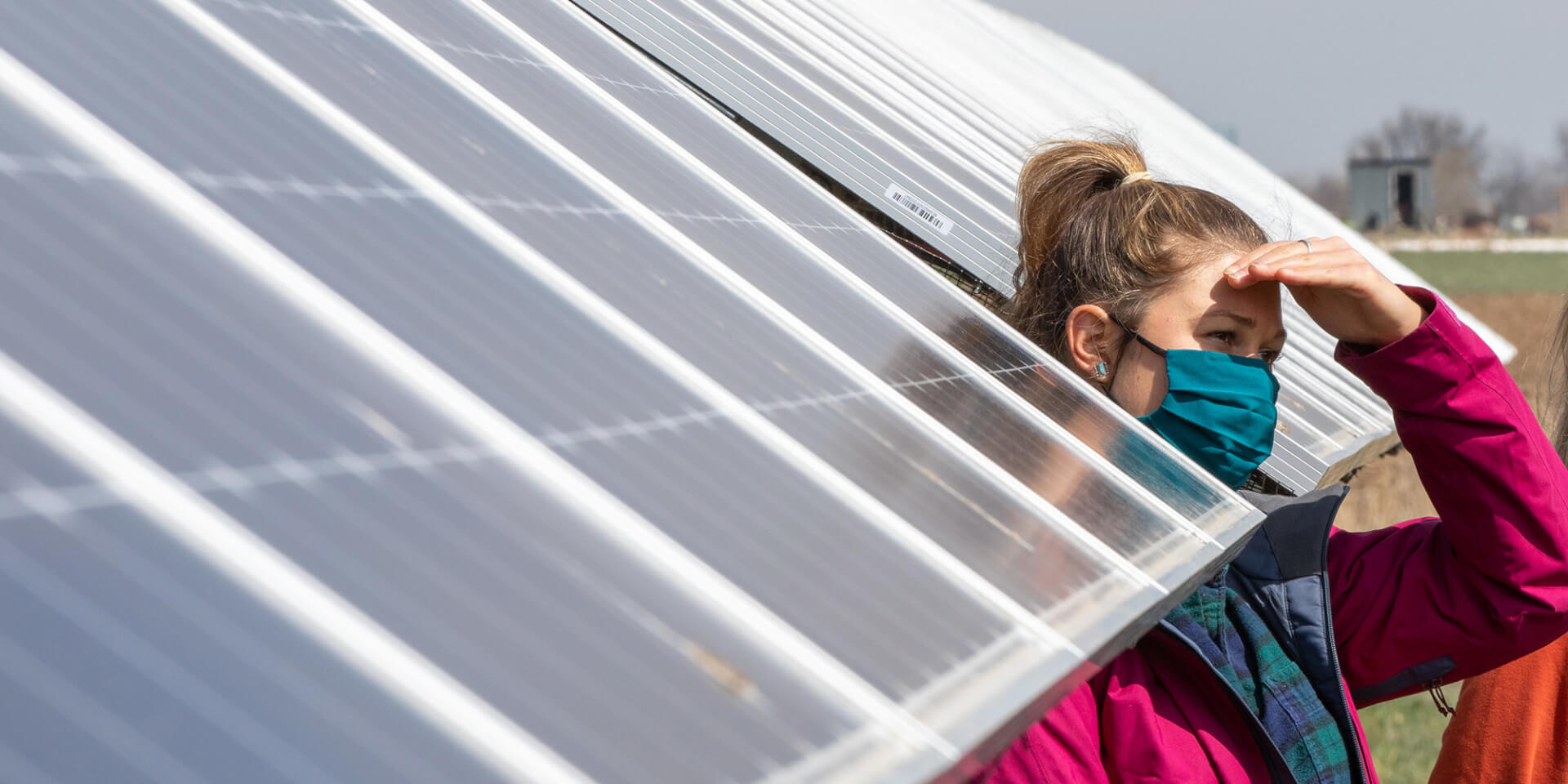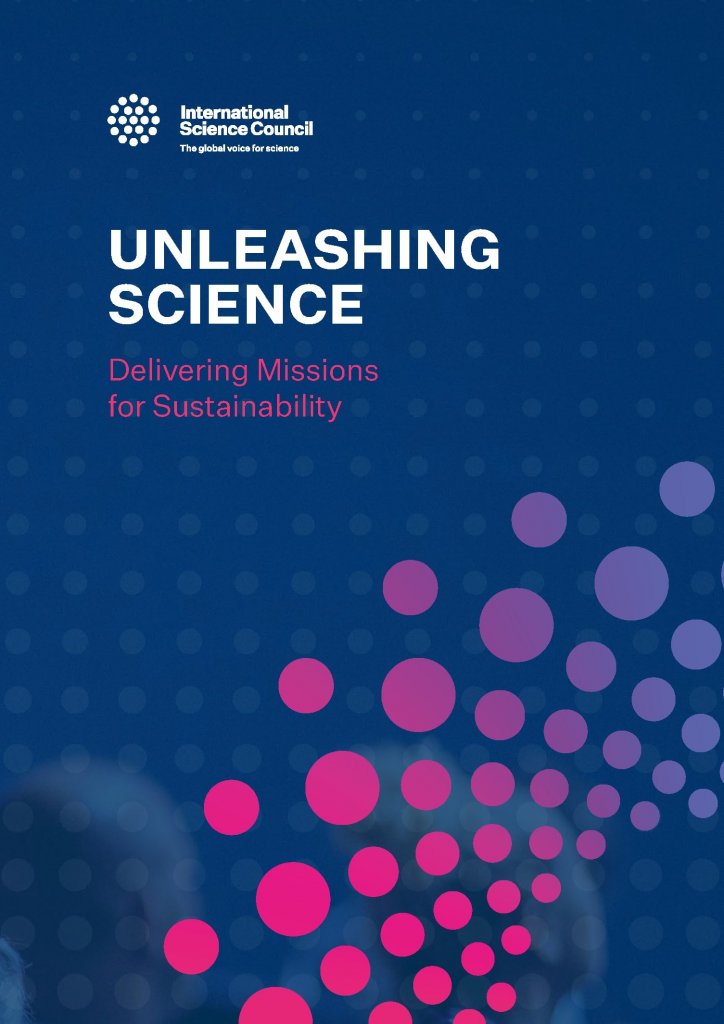
This article is part of the ISC’s Transform21 series, which features resources from our network of scientists and change-makers to help inform the urgent transformations needed to achieve climate and biodiversity goals.
The world is at a ‘crossroads’, according to IPCC Chair Hoesung Lee, in which the knowledge and tools required to limit warming are available, and there is strong evidence of policies and financial instruments that are proving effective, but these must be immediately scaled up in order to limit warming to 1.5°C, according to the Contribution of Working Group III to the Sixth Assessment Report of the IPCC, which was released today.
The report cautions that the most recent commitments outlined by countries ahead of COP26 in the form of Nationally Determined Contributions (NDCs) are insufficient, and put the world on a pathway to over 1.5°C of warming during the 21st century.
The failed promises and lack of ambition amount to a ‘catalogue of shame’, said UN Secretary General António Guterres.
However, there is evidence of climate action, and although average annual global greenhouse gas emissions were higher than ever between 2010 and 2019, the rate of growth has slowed when compared to the previous decade. The report’s authors also cite the reduction in costs of several low-emissions technologies, such as batteries for electric vehicles, which is helping to support their uptake.
The scenarios assessed in the report require emissions to peak before 2025, and to be reduced by 43% by 2030 in order to limit warming to around 1.5°C, demanding deep emissions reductions across all sectors. The immediacy of action required is demonstrated by the different report scenarios: If emissions peak before 2025, but reductions over the following five years are less substantial (25%), it would put the world on a path to warming of around 2°C.
Evidence of reductions and behaviour change is available in all sectors, say the authors, which creates potential for further emissions cuts. The energy sector must transition away from fossil fuels, supported by widespread electrification, improved energy efficiency and use of alternative fuels. In addition, greater deployment of carbon capture and storage (CCS) is required.
The report also highlights the potential of cities to support emissions reductions. With the majority of the world’s population expected to live in urban centres by 2050, reducing energy consumption – such as by using electric or human-powered transport – in cities will be crucial.

Delivering missions for sustainability
The International Science Council has established a Global Commission on Science Missions for Sustainability to identify the most appropriate institutional arrangements and funding mechanisms required to co-construct and deliver on Science Missions for Sustainability to respond to the kind of urgent needs identified by the latest IPCC report.
Considering financial flows to achieve mitigation goals, the authors note that the global financial system has the capital and liquidity to support just emissions reductions, but that action is required to scale up investment, particularly in low- and middle-income countries.
“Financial flows are a factor of three to six below the levels needed by 2030 to limit warming to below 1.5°C or 2°C. There is sufficient global capital and liquidity to close investment gaps. The majority of the lower 50% of emitters live in Africa, Southern and South-East Asia, Latin America and Caribbean, most without access to electricity or clean cooking services. There is need for scaled-up public grants for low-income and vulnerable regions, greater financial flows from developed to developing countries and public-private cooperation. The lowest population quartile by income worldwide faces shortfalls in shelter, mobility, and nutrition. There is need for targeted investment in infrastructure access and access to technology to provide these services in efficient way.”
Joyashree Roy, Coordinating Lead Author of IPCC WG 3 Report Chapter 5: Demand, services and social aspects of mitigation
Governments and the international community can support this action through policy and regulatory action that helps to create a just transition to lower GHG scenarios, the report says.
“The cost of taking action today will be cheaper than taking the same options in a couple of years because by reducing the GHG emissions today, we get high benefits already avoiding future climate impacts. Local and global actions supported by international collaboration will allow to close the gaps between developed and developing countries by transferring technologies to reduce emissions and carbon dioxide removal”
Alex Godoy Faundez, Director, Sustainability Research Center and Strategic Resource Management (CiSGER), Universidad del Desarrollo, Chile; Review Editor of the Working Group III contribution to the IPCC Report and Member of the Global Young Academy
Considerations of equity and justice must cut across all policies, in order to ensure that action does not entrench or deepen inequality between countries and communities. Responding to the concern that governments are uncertain about public support for change, lead author Linda Steg said:
‘Public acceptability is higher when cost and benefits are distributed in a fair way, and when fair and transparent decision procedures have been followed’.
By taking action now, say the report’s authors, we can move towards a fairer, more sustainable world.
Image by Werner Slocum / NREL via Flickr.